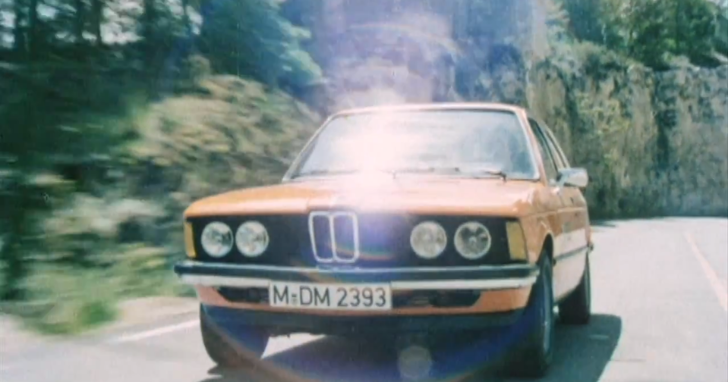The first BMW 3 Series, also known as E21, was produced starting with 1975. Even from the start, the German model proved to be innovative and a head of its class, traits of character that are still present on the contemporary cars.
The BMW 3 Series became the company's top selling car (the first one to break the 1 million barrier), nearly doubling BMW's worldwide sale figures in just 3 years. Most of the cars were exported and the E21 won numerous awards and honours.
The 3 Series had, initially, 3 engines: a 1.6-litre, a 1.8-litre and a 2.0-litre engine, with power outputs ranging from 90 HP to 125 HP. In 1977 a new 6-cylinder engine was released, that had a 2.3-litre engine and 143 HP which was enormous for that day and age (even some of today's cars don't have that kind of engine performance).
Along with the new 6-cylinder engines, came some new, interesting changes. FIrst of all, the Bavarian manufacturer equipped all the 323s with disk brakes at the front and at the back, being aware that you needed better braking along with more power. Also, the high end versions of the E21 came with 2 round headlights, while the 316 and 318 had single round headlights.
Being launched close to the 1973 oil crisis and having such economical engines, the 3 Series was extremely popular, especially among the middle class. The sportiness and agility of the 2 Series were kept in the new model, due to the innovative chassis and drivetrain.
Nothing was accidental regarding the 1975 3 Series. The Design was ahead of its time and, to this day, BMW fans still love it. A lot of the E21s have been turned into collectors' items and are still driven around the world. Also, at that time, the car options were usually few and limited to things like paint colors and headrests.
The BMW was way ahead of its time offering a wide range of options like different manual and automatic gearboxes, Recaro seats and limited-slip differential. Also, an interesting feature was the fact that the central console was driver oriented and all the other edges and control elements were rounded off for better passive safety.
The video, posted by BMW on Youtube, shows all these advantages and some vintage images with the model and is narrated by Fred Jakobs from Product and Brand Heritage BMW.
The 3 Series had, initially, 3 engines: a 1.6-litre, a 1.8-litre and a 2.0-litre engine, with power outputs ranging from 90 HP to 125 HP. In 1977 a new 6-cylinder engine was released, that had a 2.3-litre engine and 143 HP which was enormous for that day and age (even some of today's cars don't have that kind of engine performance).
Along with the new 6-cylinder engines, came some new, interesting changes. FIrst of all, the Bavarian manufacturer equipped all the 323s with disk brakes at the front and at the back, being aware that you needed better braking along with more power. Also, the high end versions of the E21 came with 2 round headlights, while the 316 and 318 had single round headlights.
Being launched close to the 1973 oil crisis and having such economical engines, the 3 Series was extremely popular, especially among the middle class. The sportiness and agility of the 2 Series were kept in the new model, due to the innovative chassis and drivetrain.
Nothing was accidental regarding the 1975 3 Series. The Design was ahead of its time and, to this day, BMW fans still love it. A lot of the E21s have been turned into collectors' items and are still driven around the world. Also, at that time, the car options were usually few and limited to things like paint colors and headrests.
The BMW was way ahead of its time offering a wide range of options like different manual and automatic gearboxes, Recaro seats and limited-slip differential. Also, an interesting feature was the fact that the central console was driver oriented and all the other edges and control elements were rounded off for better passive safety.
The video, posted by BMW on Youtube, shows all these advantages and some vintage images with the model and is narrated by Fred Jakobs from Product and Brand Heritage BMW.

